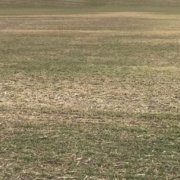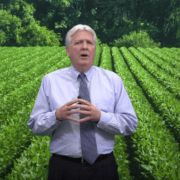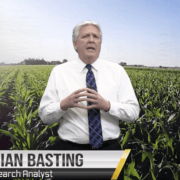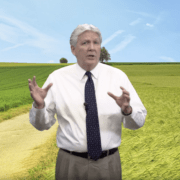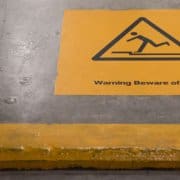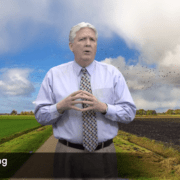Trailblazing
Women farmers reveal how they have succeeded in agriculture, and how other women can too
By Brenda Schoepp, Country Guide
Country Guide asked for more on how we define a culture that is inclusive, equal and conducive for a successful female heir or independent business person from within a family unit.
In this first part of a three-part series, I went across Canada and asked trailblazers — highly successful women in farming, agriculture and agri-business — about their journeys starting from the time they were girls.
They pursued their dreams despite having very diverse back stories. Still, we need to recognize that the on-farm cultures they grew up in were extraordinarily different, and those differences helped determine the pathways they chose to get to where they are today. Read more


